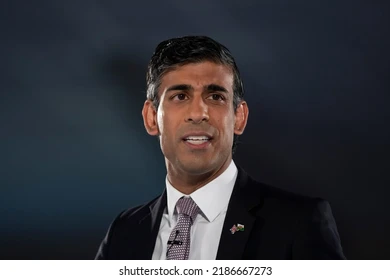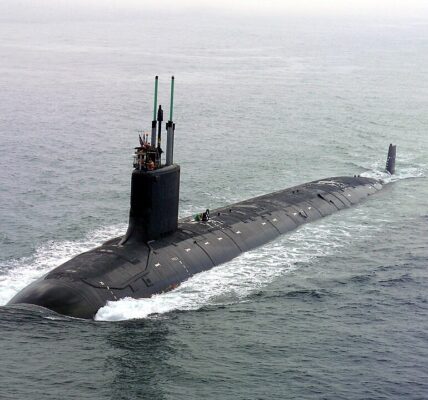- Homepage
- Political arena
- “Exclusive: Sunak’s Secret Tax Cut Plans Revealed! What You Need to Know”
“Exclusive: Sunak’s Secret Tax Cut Plans Revealed! What You Need to Know”
Title: Sunak Plans Two More Tax Cuts Before Election: What You Need to Know
 In a recent development, it seems Rishi Sunak, the Chancellor of the Exchequer, is gearing up to implement not just one, but two more tax cuts before the upcoming election. This move, as hinted by Richard Holden, the chair of the Conservative Party, is aimed at boosting the party’s standing in the polls.
In a recent development, it seems Rishi Sunak, the Chancellor of the Exchequer, is gearing up to implement not just one, but two more tax cuts before the upcoming election. This move, as hinted by Richard Holden, the chair of the Conservative Party, is aimed at boosting the party’s standing in the polls.
Holden’s statement during an interview with GB News sheds light on the Conservative Party’s intentions to ease the tax burden on citizens. According to Holden, we can expect details of these tax cuts to be outlined in the March budget, with the possibility of another cut later in the year.
The reasoning behind these tax cuts is clear: the Conservative Party aims to chart a course that resonates positively with the electorate as the country emerges from challenging times. The recent 2 percentage-point reduction in national insurance contributions for working people marks just the beginning of this journey towards tax relief.
However, it’s important to note that the financial landscape isn’t all rosy. Despite initial estimates suggesting a considerable headroom of £20bn for tax cuts, recent forecasts from the Treasury paint a more constrained picture, with only around £14bn available for such measures. This tighter budgetary space presents a challenge for Sunak and his team as they navigate the path towards economic recovery and voter appeal.
The prospect of tax cuts isn’t the only headline-grabbing topic in Conservative circles. Nigel Farage, a figure with a colorful political history, including stints with the Conservative Party, UKIP, and the Brexit Party, has hinted at the possibility of joining the Conservative ranks. Holden’s stance on Farage’s potential application reflects a pragmatic approach: any such application would be assessed on its own merits, irrespective of past political affiliations.
 Political maneuvering aside, the Conservative Party is also keeping a close eye on polling data, which currently shows them trailing Labour by a significant margin of 20 points or more. Holden, however, remains unperturbed by these fluctuations, emphasizing the natural ebb and flow of public opinion between election cycles. It’s a reminder that in the realm of politics, fortunes can change swiftly, and polls are just one piece of the puzzle.
Political maneuvering aside, the Conservative Party is also keeping a close eye on polling data, which currently shows them trailing Labour by a significant margin of 20 points or more. Holden, however, remains unperturbed by these fluctuations, emphasizing the natural ebb and flow of public opinion between election cycles. It’s a reminder that in the realm of politics, fortunes can change swiftly, and polls are just one piece of the puzzle.
Amidst these discussions, the fate of Lee Anderson, the former deputy chair who resigned over policy disagreements, remains uncertain. Anderson’s departure, prompted by objections to Sunak’s Rwanda plan among other issues, has left a void that may or may not be filled in the future. Holden’s comments suggest a degree of admiration for Anderson’s contributions to the party, leaving the door open for potential reconciliation down the line.
In summary, the Conservative Party’s strategy leading up to the election is multi-faceted. From tax cuts to potential party realignments and internal reshuffles, there’s a lot at play behind the scenes. Sunak’s fiscal policies, while ambitious, are constrained by economic realities, requiring careful navigation to strike the right balance between voter appeal and financial prudence.
As the political landscape continues to evolve, one thing remains certain: the road to the election is paved with twists and turns, and the true test lies in how well the Conservative Party can adapt to these challenges while staying true to its core principles and objectives. Only time will tell how these developments ultimately shape the political landscape in the run-up to the election.




